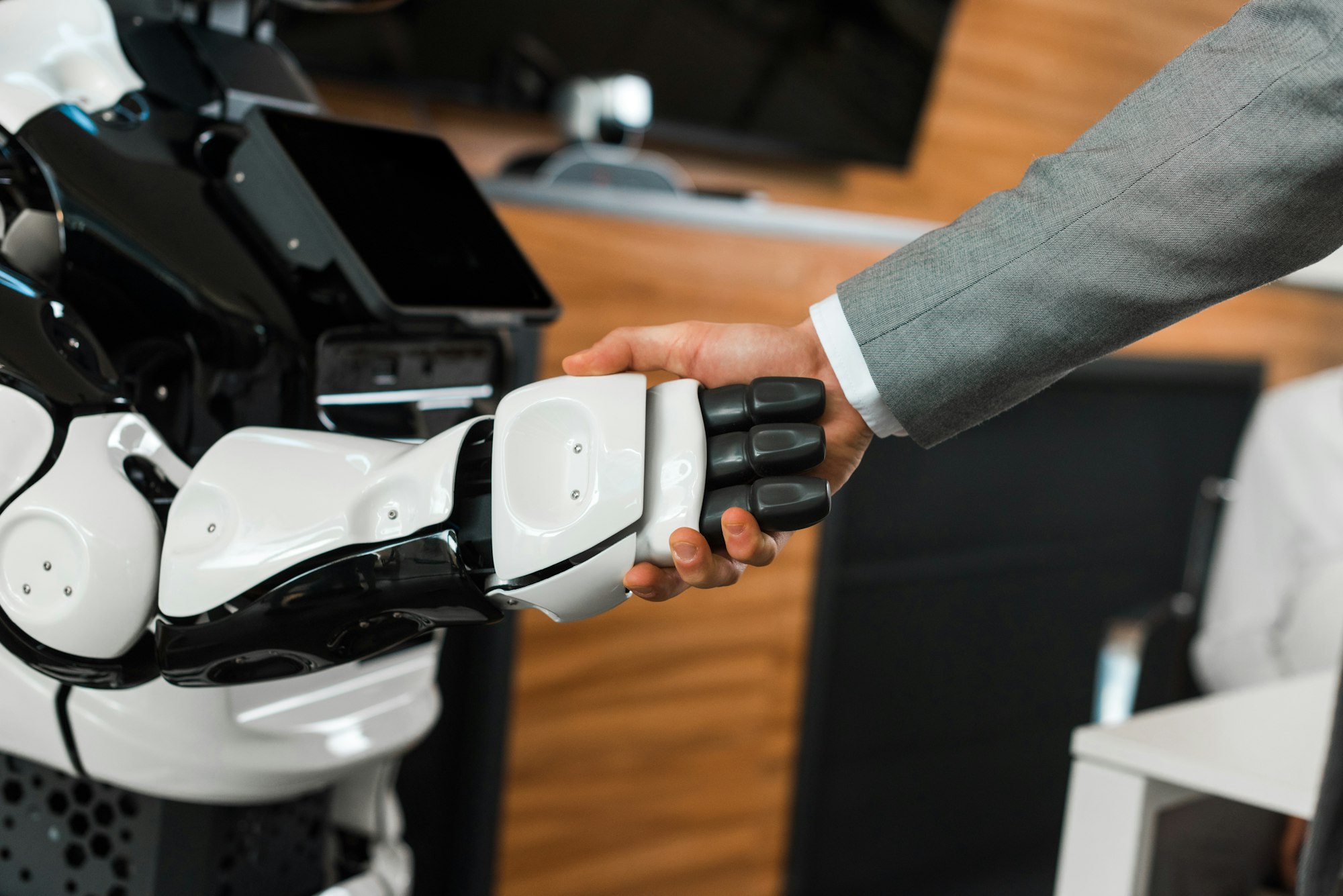Introduction
The landscape of retirement is being reshaped by groundbreaking technologies, especially humanoid AI robots. These robots, designed to look and act human, are stepping up as essential aides for the elderly.

Innovations in Humanoid Robots
Countries like Japan and the US have been at the forefront of humanoid robot technology for years, with leading companies such as Boston Dynamics and SoftBank Robotics driving progress. These robots have evolved to handle a variety of tasks, from household chores to engaging in conversations, providing substantial support to seniors.
Robots in Retirement Living
- Everyday Assistance: Robots can manage day-to-day chores like cooking, cleaning, and gardening, easing the physical burden on seniors.
- Health Supervision: With built-in sensors, these robots monitor vital signs and can quickly alert medical professionals during emergencies.
- Social Engagement: Robots can participate in conversations and social events, offering companionship that combats loneliness.
- Cognitive Support: Robots assist those with memory loss by reminding them about medications, appointments, and essential personal information.
Benefits and Challenges
Advantages:
- Enhanced Independence: Robots enable seniors to maintain their independence, potentially delaying the transition to assisted living environments.
- Safety Assurance: Continuous monitoring by robots ensures prompt assistance in case of health issues or accidents.
- Consistent Companionship: Robots provide relentless company, significantly improving mental health and well-being.
Challenges:
- Cost Prohibitive: The steep prices of sophisticated robots can make them inaccessible to many retirees.
- Reliability Concerns: Heavy reliance on technology poses risks, especially if a robot malfunctions.
- Ethical Dilemmas: Employing robots for companionship brings up ethical issues about human interaction and the potential for its diminishment.
Future Directions
The use of AI and robotics in eldercare is expected to grow with technological advancements. Future robots could boast even more refined AI, enhanced physical abilities, and better emotional intelligence, making them even more indispensable to the elderly.
Conclusion
As the global population ages, humanoid robots are emerging as a crucial component in redefining elderly care. By integrating technology with caregiving, these robots pave the way for a retirement era focused on innovation, companionship, and security.

FAQs
- How can humanoid AI robots help seniors maintain their independence?
- Humanoid AI robots assist seniors by handling daily tasks like cooking, cleaning, and even monitoring health. This allows older adults to live independently for longer, reducing the need for early admission into assisted living facilities.
- Are humanoid robots safe to use for elderly care?
- Yes, humanoid robots are designed with safety in mind. They come equipped with sensors to monitor vital signs and can quickly alert healthcare providers in emergencies. They also help prevent accidents by providing assistance with mobility and other physical tasks.
- What are the potential downsides of using robots in retirement settings?
- While robots offer many benefits, there are challenges such as high costs, reliance on technology that could fail, and ethical concerns about reducing human interaction. The high price may make these robots inaccessible for many, and any technical malfunction could pose risks to seniors relying on them for care.
Sources Forbes


